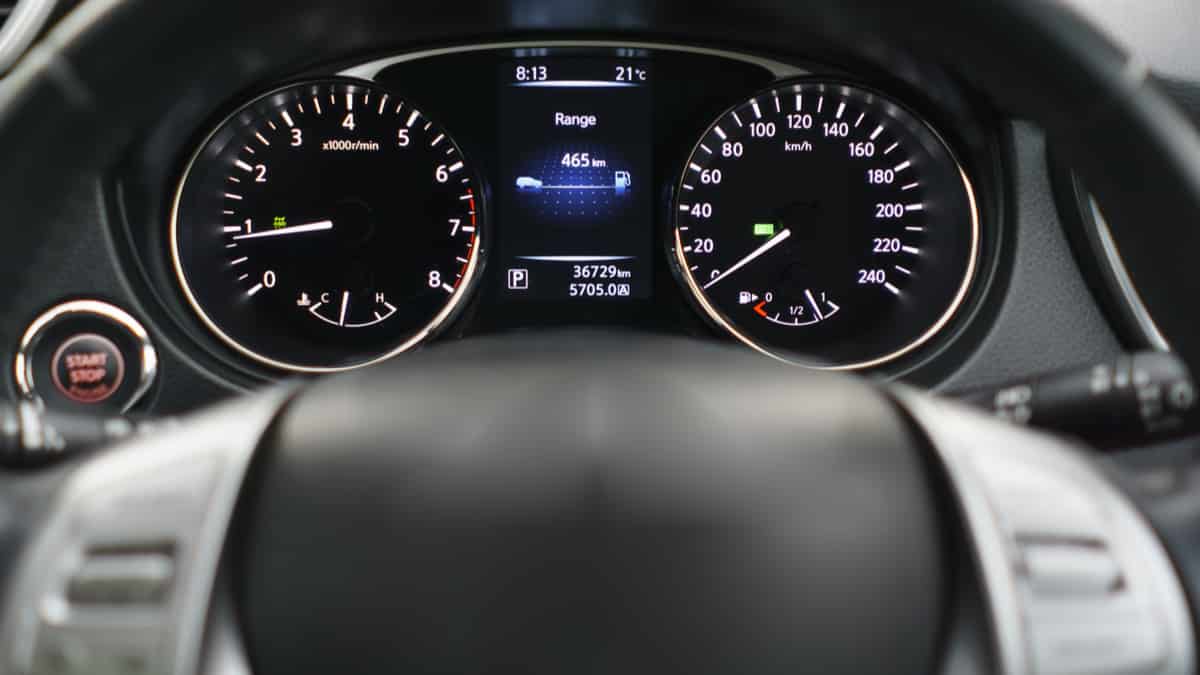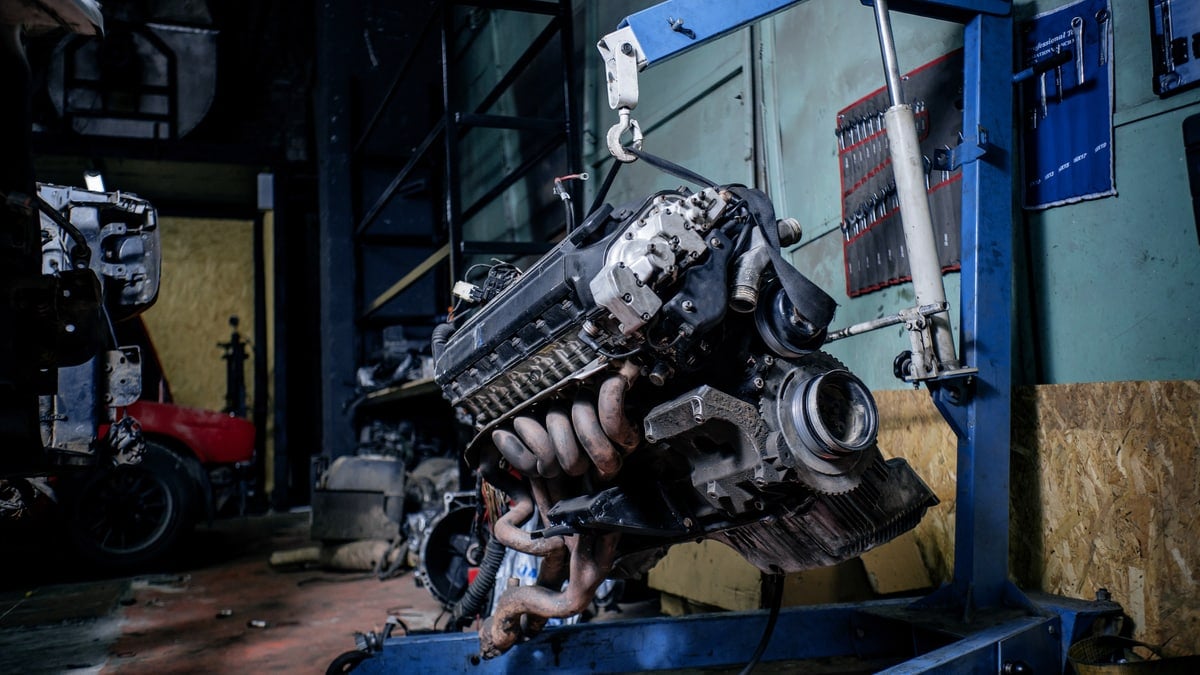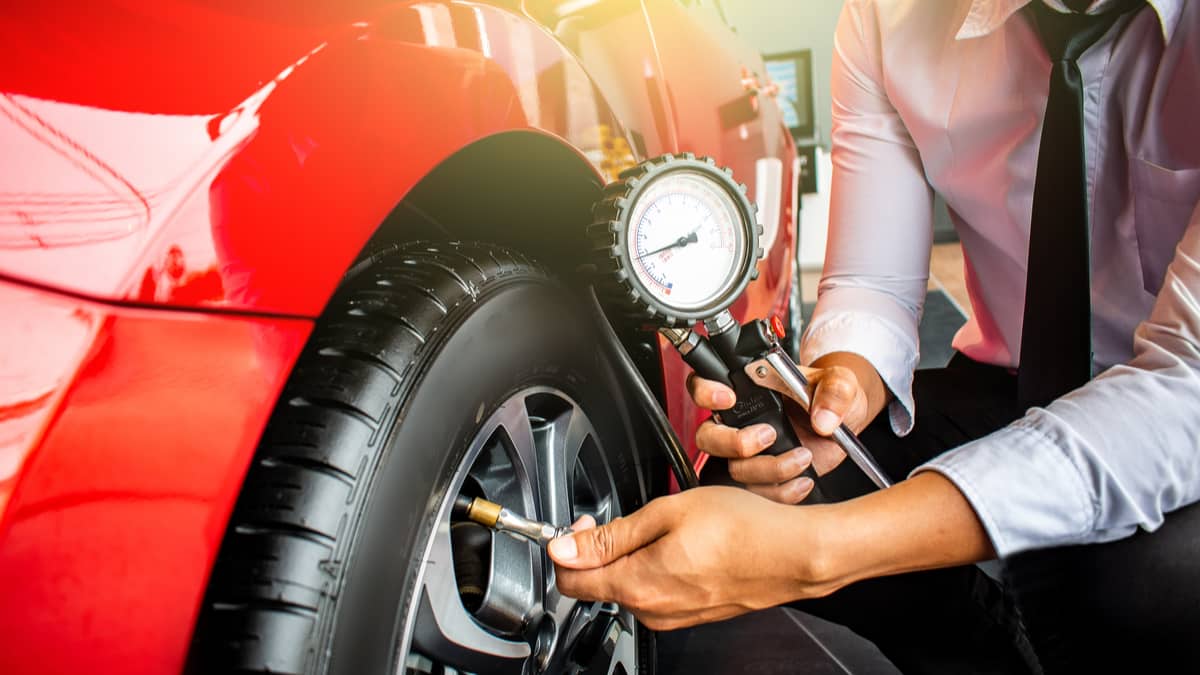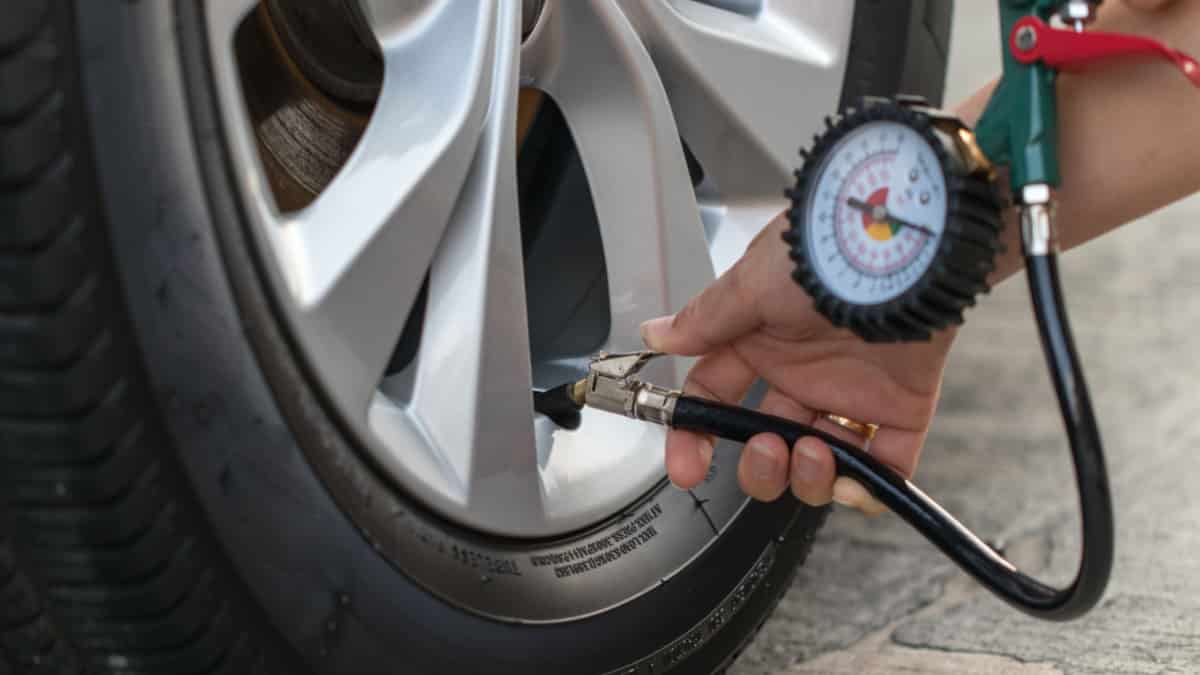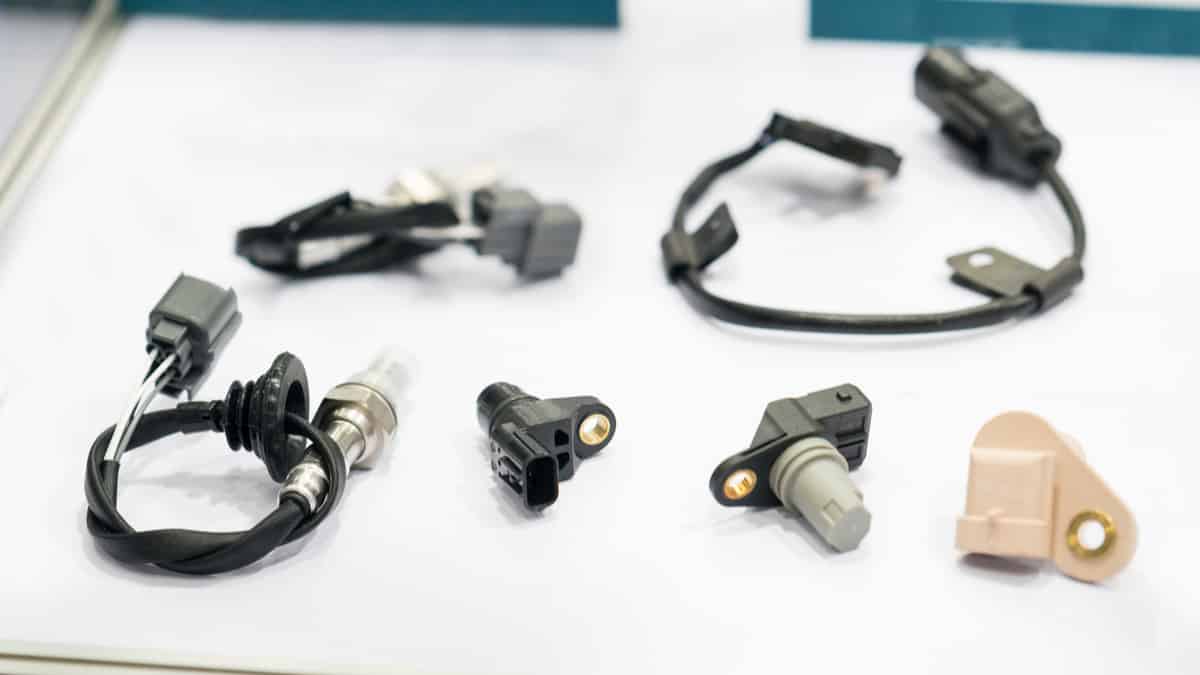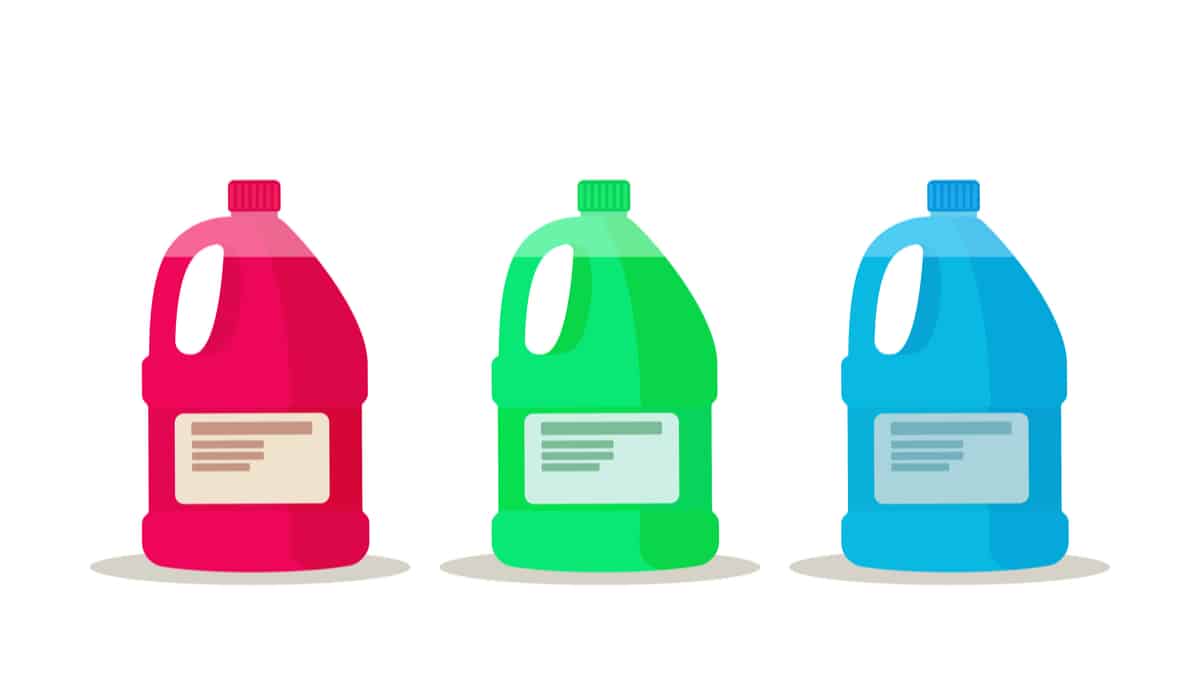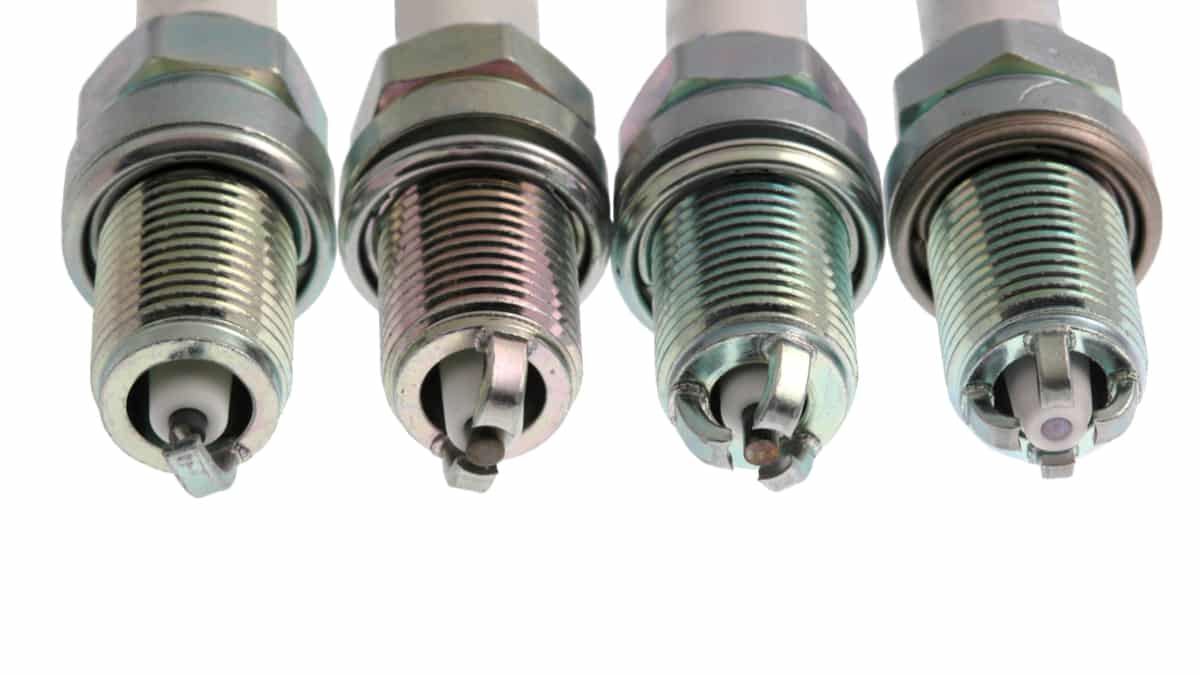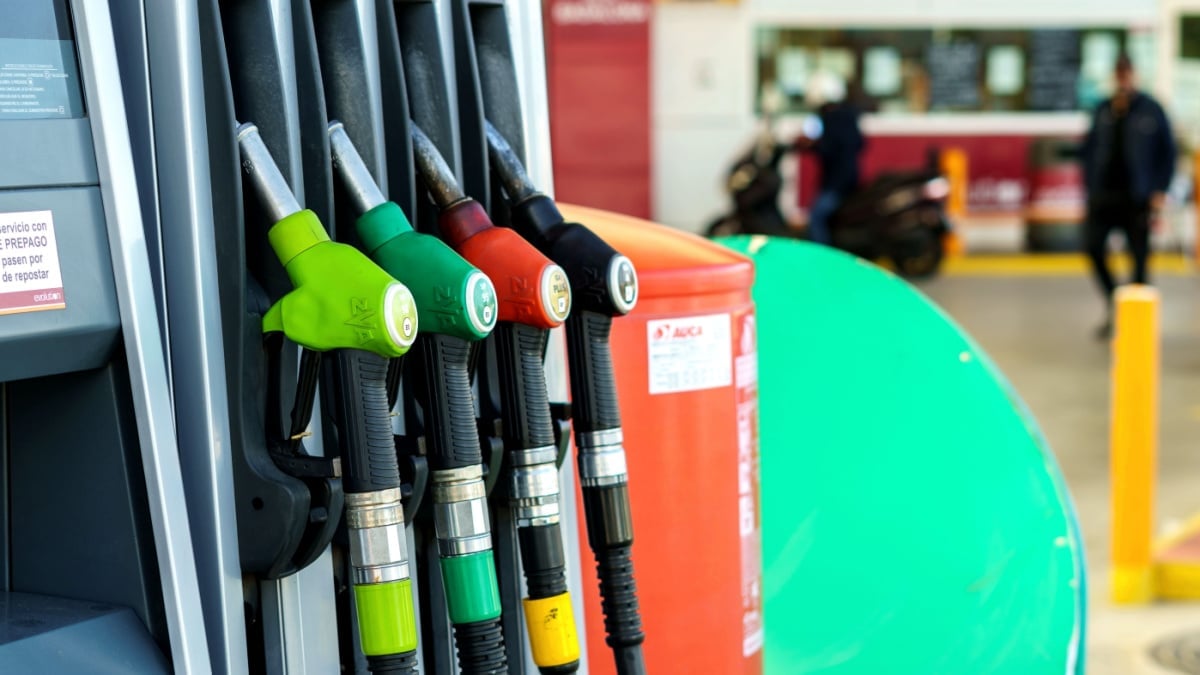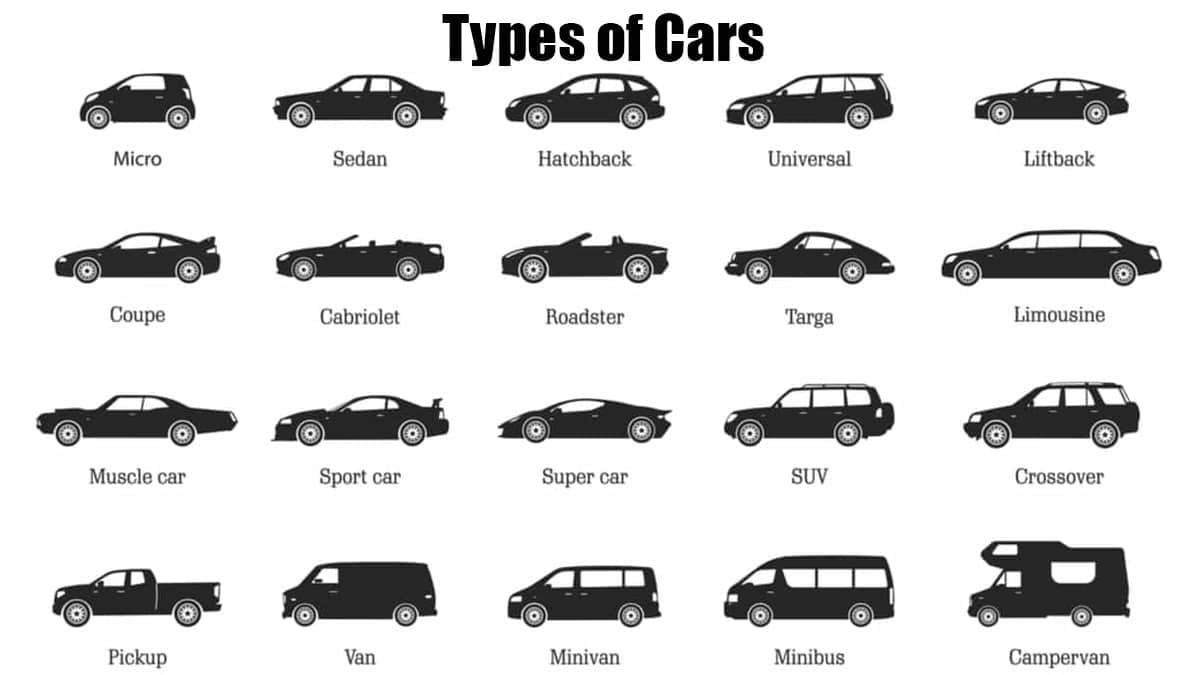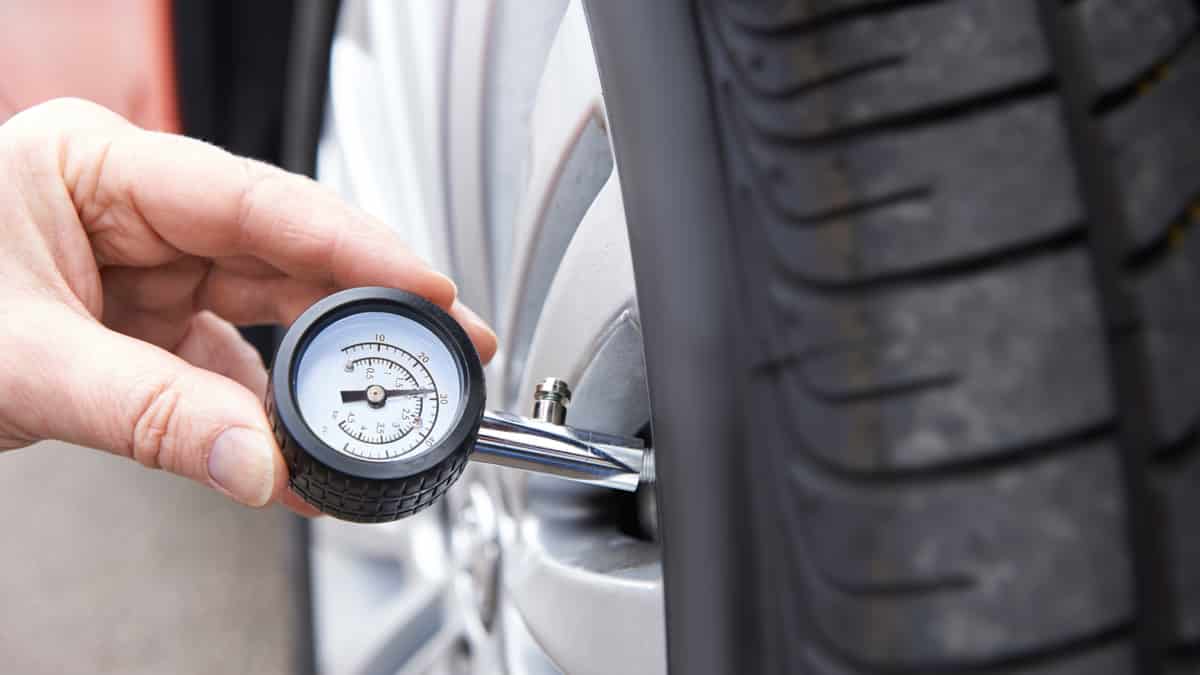When you look at the modern car dashboard, you see a lot of gauges and symbols that might seem like a foreign language to you. With so many types of gauges on a car dashboard, it can be difficult to determine what’s important. Each of the car dashboard gauges has a purpose, which is why it’s important to understand what you are looking at.
In this guide, I evaluate all of the critical aspects of a car dashboard. I also talk about the related warning lights that pair with each component.
7 Types of Gauges in a Car
The most common gauges in a car are a speedometer and a tachometer. There’s often also a fuel gauge, temperature gauge and oil pressure gauge. The vehicle sometimes also has a voltmeter to show the battery charge and an odometer to display the car’s mileage.
Here’s a more detailed list of the seven common gauges you’ll find in almost every car:
1. Speedometer
Older cars contain a cable spinning within a flexible tube to measure speed. This cable is then connected to the speedometer on one side and the transmission on the other, so you know how fast you are traveling. Modern vehicles don’t use a cable, but rather an electronic sensor that measures the speed from the wheels.
When the car comes from the factory, the speedometer is calibrated to be accurate. However, modifications to the vehicle can require a recalibration of the speedometer. If you change the tire size or install a new transmission, you should have it checked.
Read more: Car Dashboard Warning Light Symbols & Indicators (Meanings)
2. Tachometer
The car’s tachometer is responsible for measuring how quickly the engine turns, based on RPM (revolutions per minute). If you drive a manual transmission vehicle, this information helps you determine when to shift.
You don’t ever want to allow the tachometer’s needle to reach the red area of the gauge. Otherwise, engine damage could occur. Most newer vehicles have safety technology installed to keep the engine from revving that high.
3. Fuel Gauge
The fuel gauge is located on every vehicle to some degree. You will see an empty and full side of the gauge, revealing how much fuel is left in the tank. However, you might notice that the car stays on full for much longer than any other indication. This is a sneaky trick by automakers to make you think the vehicle gets better fuel economy than it does.
When the gauge hits the E – or empty – section, there might still be a gallon or two left in the tank. You can tell what’s left if you look at the owner’s manual. Figure out how many gallons the tank should hold and fill it up. Subtract the difference to figure out what was still left in the tank.
However, you don’t want the tank to go below ¼ of a tank regularly. This is bad for the fuel pump and could cause you costly repairs down the road.
4. Temperature Gauge/Warning Light
The temperature gauge is meant to tell you how warm or cold the engine is. It measures the temperature of the engine coolant. When the vehicle is first started, the engine will be cold, and the gauge will be as far down as it goes. That’s why you only get cold air from the vents when you first start the vehicle. However, as the engine warms up, the gauge moves, and warm air can be felt from the vents.
The majority of car temp gauges will not show the actual degrees. They only contain a cold and hot side with a normal range in between. You can watch the temperature gauge to ensure everything is running as it should. However, there’s also a warning light that indicates if the engine is getting too hot. When this light comes on, you must stop driving and let the engine cool off.
5. Oil Pressure Gauge/Warning Light
The oil pressure gauge monitors the pressure by pounds per square inch. The oil pressure is similar to your blood pressure and circulatory system, ensuring the engine runs as it should. If the engine doesn’t get the right amount of oil pressure, it will fail.
If the oil pressure drops, a light should come on. You should stop driving and have it looked at immediately. It could just mean that the system needs more oil, which is an easy fix.
6. Voltmeter/Warning Light
The voltmeter shows you the status of the charging system. For you to start the engine, the battery must be fully charged.
Once the voltmeter shows an abnormal reading, either high or low, it’s time to have the system checked. With this warning light, you have a little notice that something is wrong and you might not need to stop immediately.
7. Odometer
The odometer is a gauge that shows numbers. It reveals how many miles are on the car for its lifetime and for the current trip that you have set.
You cannot alter the odometer, or you will be breaking the law. In fact, it must be working if you want to inspect, register or sell the vehicle.
How to Read Car Gauges
It’s not difficult to read the dashboard gauges once you know what each one is. The speedometer is the only one showing the speed. In the United States, the speedometer shows the miles per hour (mph), but other regions use km/h.
The tachometer reveals the rotations of the engine, listed as RPMs. The other gauges often run on empty/full or low/high. You can also see some warning lights come on that are related to the appropriate gauges. If the light comes on, you should evaluate the appropriate gauge to see what’s going on.
Some warning lights indicate that you should stop driving immediately, such as the oil pressure light. However, others might give you advance notice of an impending problem, such as the charging system light. Of course, if the Check Engine Light comes on, you want to check the system with a code scanner immediately to see what’s wrong.
Categories: General
